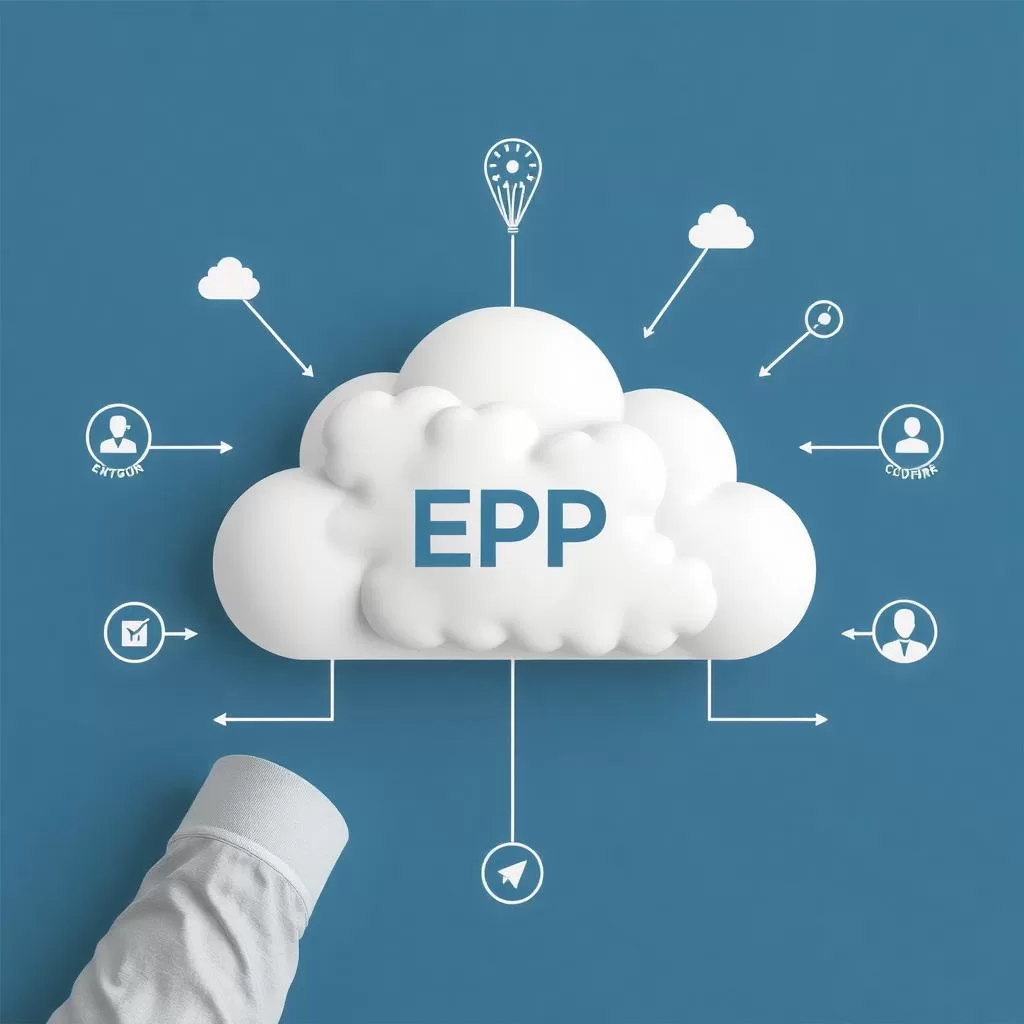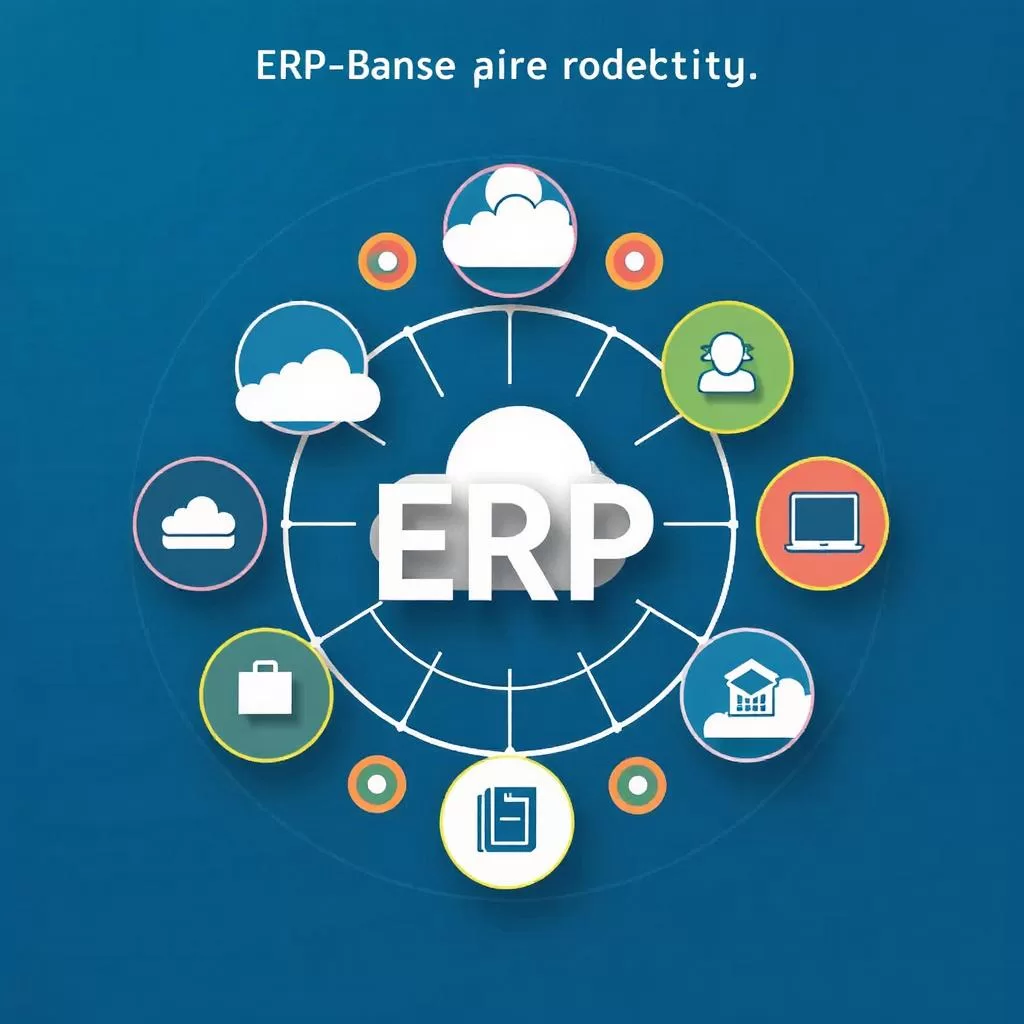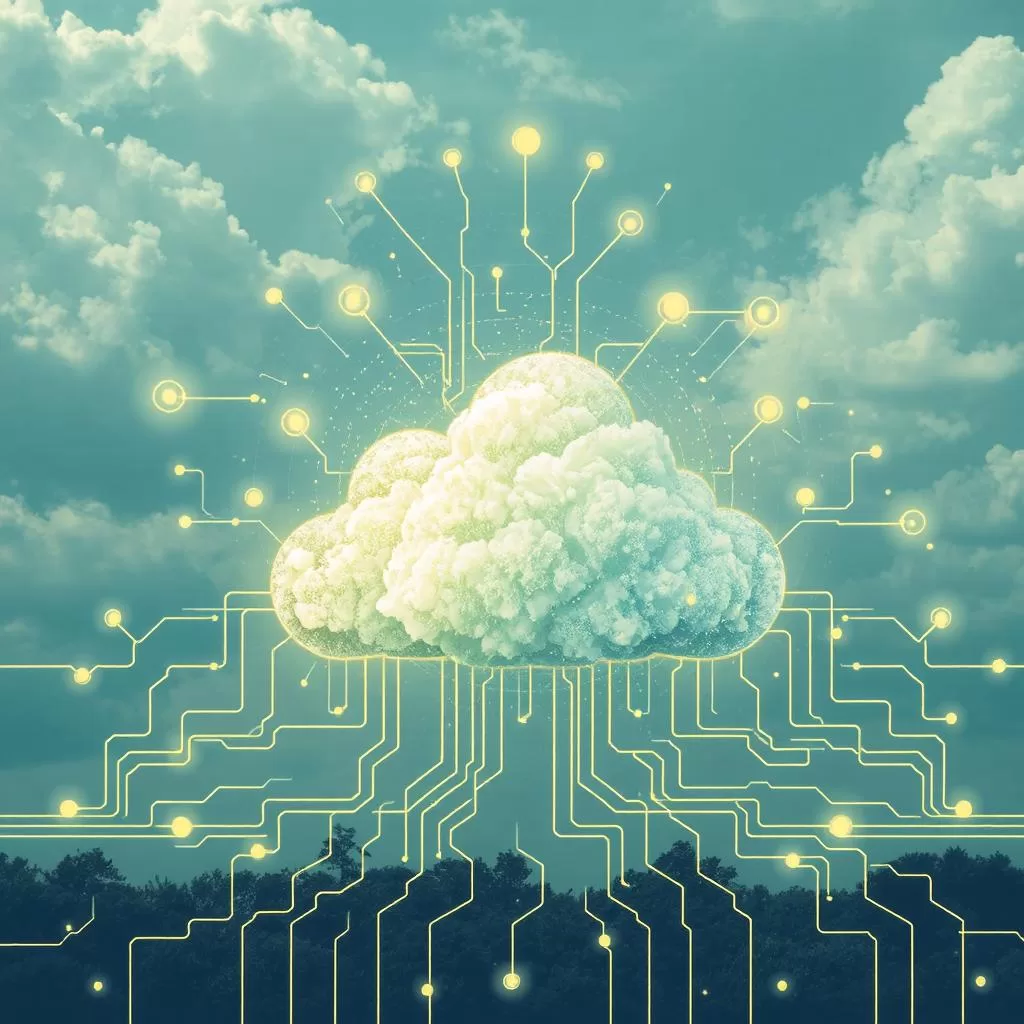Edge Computing: How It’s Changing Cloud Technology
With the explosive growth of IoT devices, AI, and 5G networks, businesses need faster, more efficient data processing. Traditional cloud computing struggles with latency and bandwidth issues, leading to the rise of edge computing.
But what exactly is edge computing, and how does it compare to the cloud?
What You’ll Learn in This Article:
- What edge computing is and how it works
- How it compares to cloud computing
- The industries that will benefit the most from edge technology
What is Edge Computing?
Edge computing is a decentralized approach to data processing where computing happens closer to the data source rather than in a centralized cloud server.
💡 For example, instead of sending data to a distant cloud server, a smart factory processes sensor data locally for real-time monitoring.
🔹 How Edge Computing Works
Minimizes bandwidth usage by reducing data sent to the cloud
Only essential data is transmitted to the cloud, reducing the load on network resources. IT also minimizes costs associated with large-scale data transfers. This also helps alleviate congestion and optimizes overall system performance.
Data is processed near the source
Edge computing processes data directly on IoT devices, routers, or local servers. This reduces the need to send information to distant cloud data centers.
Reduces latency and improves real-time decision-making
By handling data locally, edge computing significantly lowers latency. This enables faster responses for real-time applications like autonomous vehicles, smart cities, and healthcare systems.
Edge Computing vs. Cloud Computing
When comparing edge computing and cloud computing, it’s essential to recognize their distinct strengths and how they can work together to address various technological needs.
- Edge Computing, for instance, excels in real-time data processing. By processing data closer to its source—on IoT devices, local servers, or routers—the technology minimizes latency and ensures faster decision-making. As a result, it is particularly beneficial for applications that require immediate action, such as autonomous vehicles, industrial automation, and smart healthcare systems. This localized approach enables instant data processing without the delays of sending large volumes of data to remote servers, making it ideal for scenarios demanding quick responses.
- On the other hand, Cloud Computing excels at data storage and handling large-scale analytics. By storing vast amounts of data in centralized cloud servers, cloud computing provides scalable resources and powerful computational capabilities. It is particularly suited for tasks that require complex analysis or long-term data storage, such as business intelligence, data backups, and machine learning. With its ability to manage and process big data, cloud computing supports applications that need significant computing power and comprehensive data management.
💡 Conclusion: In summary, while the technology is best for real-time processing and low-latency applications, cloud computing excels in large-scale data storage and sophisticated analytics. Therefore, each technology serves a distinct purpose. When combined, they complement each other, creating a powerful ecosystem that can efficiently handle both immediate processing needs and complex, long-term data tasks.
🔗 Related: Top 10 Emerging Technologies in 2025
How Edge Computing is Transforming Industries
It is revolutionizing various industries by enabling faster, more efficient processes and creating new opportunities for innovation. Here’s a look at how it’s impacting key sectors:
🚀 Smart Cities
Edge computing is playing a pivotal role in the development of smart cities. By processing data locally, it enhances traffic management systems, enables smart street lighting, and supports real-time surveillance. This localized data processing improves city operations, reduces energy consumption, and makes urban areas safer and more efficient.
🚀 Autonomous Vehicles
For self-driving cars, real-time data processing is crucial. The technology ensures that these vehicles can analyze data from sensors, cameras, and other sources immediately, allowing them to make rapid decisions without relying on distant cloud servers. This enables safer, more reliable autonomous driving experiences.
🚀 Healthcare
In the healthcare sector, edge computing empowers wearable devices, such as fitness trackers and health monitors, to process patient data instantly. This allows for immediate feedback, such as heart rate or glucose level readings, and enables quicker medical responses. Furthermore, it enhances telemedicine by improving communication between healthcare providers and patients, ensuring faster and more efficient care.
🚀 Industrial IoT (IIoT)
In manufacturing and other industrial sectors, edge computing is transforming operations through predictive maintenance and automation. By processing data on-site, factories can predict equipment failures before they happen, schedule maintenance more effectively, and streamline production processes. This increases operational efficiency and reduces downtime.
🚀 5G Networks
Telecom companies are leveraging the technology to enhance the performance of 5G networks, delivering ultra-low latency services. By processing data closer to the user, edge computing helps optimize network traffic, ensuring faster speeds, reduced latency, and an improved user experience, especially for high-demand applications like augmented reality and virtual reality.
In summary, this technology is rapidly transforming industries by enabling faster data processing, reducing latency, and supporting real-time decision-making. Its influence is being felt across sectors like smart cities, autonomous vehicles, healthcare, industrial IoT, and telecommunications, driving innovation and improving operational efficiency.
💡For example, Tesla’s Autopilot system uses edge computing to process sensor data in real time.
The Role of AI in Edge Computing
Artificial Intelligence (AI) is a key driver of edge computing, enabling smarter, real-time decision-making without relying on cloud servers.
🔹 AI-Powered Edge Applications:
AI and edge computing are combining to create powerful applications that are reshaping industries and improving efficiency. Here are some key AI-powered edge applications:
✔ Smart Surveillance Cameras – With this technology, smart surveillance cameras can process facial recognition data locally, without needing to send it to distant cloud servers. This enables real-time security responses and improves privacy by keeping sensitive data within the local network, reducing potential vulnerabilities.
✔ Retail Automation – AI-driven edge applications are transforming retail by enabling advanced inventory tracking and checkout-free stores. Cameras and sensors process data locally to monitor product stock, automatically update inventory systems, and even allow customers to check out without interacting with a cashier. This streamlines the shopping experience, reduces human error, and boosts operational efficiency.
✔ AI-Powered Healthcare – In healthcare, the technology combined with AI can power on-device medical imaging analysis. This allows healthcare professionals to analyze X-rays, MRIs, and other imaging data on-site, providing faster diagnoses and improving patient care. By processing the data locally, it reduces the need for data transmission and ensures that critical health information is available almost instantaneously.
AI-powered edge applications are making industries smarter, faster, and more efficient, offering enhanced real-time insights and operational improvements across a wide range of fields.
💡 For example, Amazon’s Just Walk Out technology in cashierless stores uses AI at the edge to track customer purchases.
🔗 Related: How AI is Revolutionizing Fintech
Challenges and Limitations of Edge Computing
Despite its advantages, this technology faces challenges:
🔹 Key Challenges:
While the technology offers numerous benefits, it also presents several challenges that need to be addressed for its widespread adoption. Here are some of the key challenges:
✔ Security Risks – With more data being processed at the edge, there are more potential attack surfaces. Each edge device becomes a potential target for cyberattacks, which can compromise sensitive data and systems. Ensuring robust security at each local processing point is crucial to mitigate these risks and protect against breaches.
✔ High Infrastructure Costs – Setting up edge computing requires specialized hardware, such as edge devices, sensors, and local servers. Additionally, maintaining these devices and ensuring they operate efficiently adds to the overall cost. Organizations need to balance these infrastructure costs with the expected benefits to make edge computing a financially viable solution.
✔ Limited Storage & Computing Power – Edge devices, while capable of processing data locally, typically have limited storage and computing power compared to cloud data centers. This limitation can hinder their ability to handle large volumes of data or complex processing tasks. As a result, it is best suited for applications that require real-time data analysis, while larger-scale processing may still need to be offloaded to the cloud.
✔ Standardization Issues – The lack of universal standards or frameworks for edge computing can lead to interoperability challenges. Different manufacturers may use varying technologies and protocols, which makes it difficult to integrate and scale edge computing solutions across diverse platforms. As a result, achieving industry-wide standardization is crucial. By establishing common standards, we can ensure seamless communication and functionality between edge devices and systems, ultimately enabling more efficient and scalable solutions.
These challenges highlight the need for careful planning and investment in edge computing infrastructure, as well as the development of robust security measures and standards to fully unlock its potential.
💡 For example, Cybersecurity in edge computing must evolve to handle decentralized threats.
The Future of Edge Computing
Edge computing is rapidly evolving, and its future promises even more groundbreaking advancements across various industries. Here’s a look at some of the key trends shaping its future:
🚀 Edge AI
As artificial intelligence continues to advance, edge devices will increasingly be equipped with AI capabilities, enabling them to process data even faster and more efficiently. Consequently, with AI-powered edge devices, data can be analyzed locally in real-time, which reduces latency and enhances decision-making. This is particularly beneficial for applications such as smart cities, autonomous vehicles, and industrial automation.
🚀 5G & Edge Integration
The combination of 5G networks and edge computing will unlock ultra-low latency, enabling faster and more reliable real-time data processing. This integration will be pivotal for applications that require instantaneous responses, such as autonomous vehicles, smart factories, and virtual reality (VR). The synergy between 5G and edge computing will enable seamless and high-performance experiences across a range of industries.
🚀 More Decentralized Computing
In the future, we can expect a shift toward more decentralized computing models, where edge computing and cloud services work together in hybrid environments. This approach will offer the best of both worlds—combining the speed and performance benefits of edge computing with the scalability and data processing power of the cloud. Hybrid models will strike a balance between security and performance, allowing for more flexible and efficient solutions.
🚀 Increased Adoption in Healthcare & Industry
The healthcare and industrial sectors will see even greater adoption of this emerging technology. In healthcare, more wearable health devices will process data locally, providing faster insights for better patient care. Meanwhile, in manufacturing, edge computing will power more automated systems and predictive maintenance solutions, increasing operational efficiency and reducing downtime.
As edge computing continues to evolve, its impact will grow, shaping the future of industries from healthcare to transportation. This enables faster, more efficient data processing at the edge. As a result, it will drive innovations that transform the way we live and work.
💡 For example, by 2030, over 75% of enterprise data will be processed at the edge, reducing reliance on centralized cloud servers.
Conclusion: The Future is at the Edge
This technology is paving the way for a new era of faster, more efficient data processing, thereby empowering industries to make real-time decisions and reduce reliance on the cloud. Moreover, as this technology continues to evolve, it holds the potential to transform everything from healthcare to manufacturing. In doing so, it will drive innovation and improve operational efficiency across the board.
At Teknikali Tech, we understand the critical role edge computing plays in shaping the future of businesses. If you’re ready to embrace the power of edge computing and harness its benefits for your organization, our ICT consultancy services can guide you every step of the way.
Discover how Teknikali Tech can help your business stay ahead by exploring our ICT consultancy services. Let’s innovate together!
✅ Edge Computing Lowers Latency and Improves Real-Time AI Applications – By processing data closer to the source, it significantly reduces latency, which is crucial for real-time applications, especially those powered by AI. This enables faster decision-making and more efficient operations in industries like autonomous vehicles, smart cities, and healthcare. The ability to analyze data on the spot ensures that critical actions are taken immediately, without the delays typically associated with cloud-based processing.
✅ It Will Work Alongside Cloud Computing, Not Replace It – While edge computing offers many benefits, it’s not a replacement for cloud computing. Instead, the two technologies will complement each other. It handles time-sensitive, localized tasks, while cloud computing remains the backbone for large-scale data storage and complex analytics. Together, they create a hybrid ecosystem that leverages the best of both worlds, enabling businesses to scale efficiently while maintaining low-latency capabilities.
✅ Industries Like Smart Cities, Healthcare, and Automotive Are Leading Adoption – Various sectors are already harnessing the power of edge computing to drive innovation and operational efficiency. Smart cities use it for real-time traffic management, energy optimization, and surveillance. Healthcare benefits from faster data processing in wearable devices and medical imaging, improving patient care and decision-making. In the automotive industry, autonomous vehicles rely on edge computing for real-time data processing to navigate and make split-second decisions safely. These industries are at the forefront of edge computing adoption, demonstrating its transformative potential.
In summary, this technology is revolutionizing industries by providing faster, more efficient data processing, while complementing cloud services for larger-scale operations. As adoption increases, we can expect even more innovative solutions across various sectors.
💬 Do you think edge computing will replace cloud technology? Share your thoughts in the comments!
Share this content:







1 comment